Expect a supercycle in industrial metals as demand outstrips supply
With copper prices up by 75% over the past year, Iron ore prices up by more than 80% and aluminium gaining a third, we could be at the start of a major upward trend for industrial metals prices.
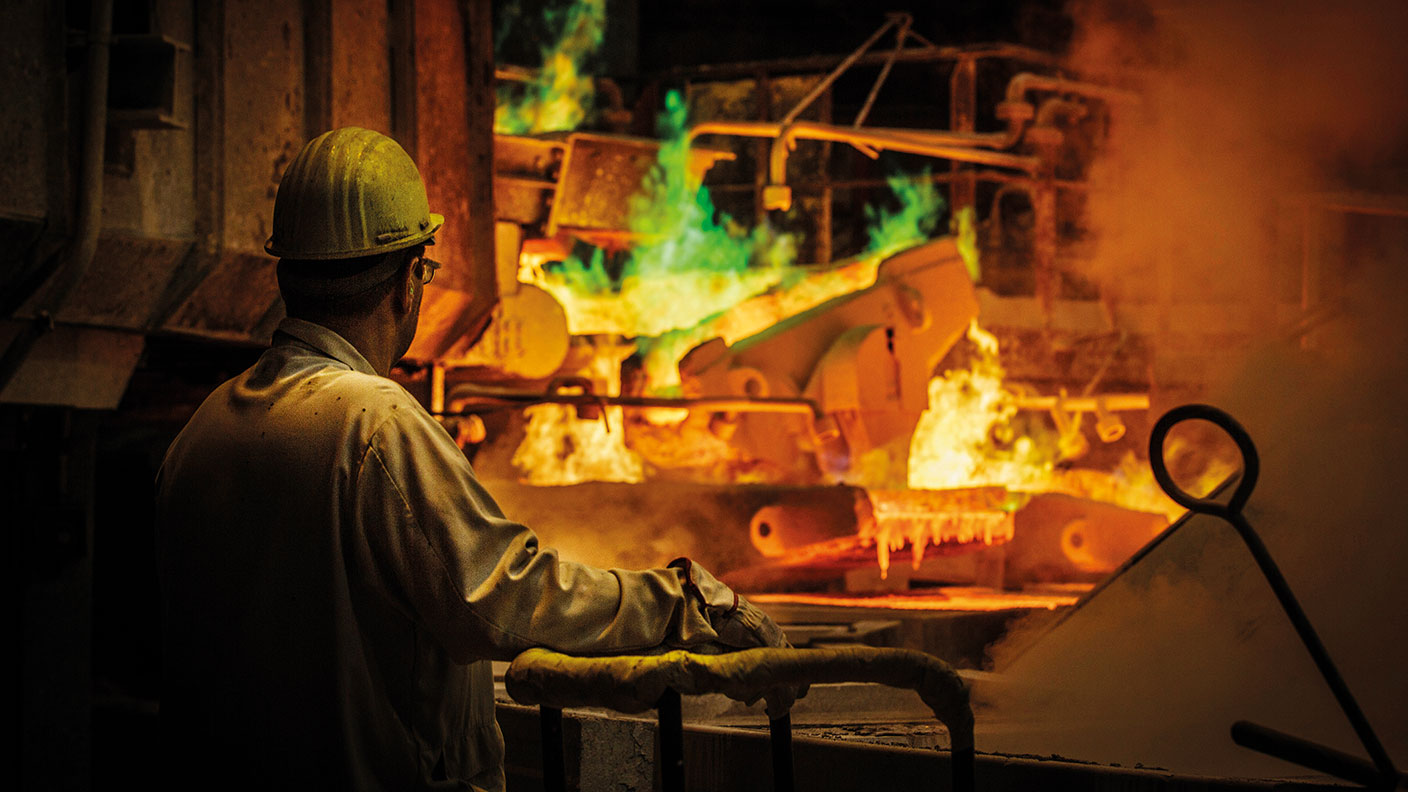
Everyone is talking about a commodities supercycle, says Ashutosh Pandey in Deutsche Welle. Google Trends reports that searches for the term have hit the highest level in over a decade. Copper prices have soared by 75% over the past year. The red metal, dubbed “Doctor Copper” because of its “uncanny ability to predict” economic growth, is leading the charge.
Iron ore prices are up by more than 80% over the past year; aluminium has gained a third. Brent crude oil has jumped by 30% in 2021. Corn (maize) futures are up by 47% over the past 12 months, says Steve Goldstein on MarketWatch. The United Nations reports that food prices have reached their highest level since 2014. We could be in the early stages of an “upward price cycle of commodities... outlasting the typical economic cycle”. The last one ran from the late 1990s to 2008 and was driven by the growth of the Chinese middle class.
A return to normal?
Some analysts are sceptical that we are heading for a repeat. Commodity supercycles are rare, writes Joe Wallace in The Wall Street Journal. They are usually propelled by the rapid industrialisation and urbanisation of a big economy, as happened recently in China, or in post-war Europe and Japan. That creates huge surges in demand for “raw materials that existing supply struggles to meet”, driving prices higher “for years, even decades”. A strong global recovery this year will certainly bring a jump in demand for commodities, but that’s not the start of a massive new trend. It is just things returning to normal after the pandemic.
MoneyWeek
Subscribe to MoneyWeek today and get your first six magazine issues absolutely FREE

Sign up to Money Morning
Don't miss the latest investment and personal finances news, market analysis, plus money-saving tips with our free twice-daily newsletter
Don't miss the latest investment and personal finances news, market analysis, plus money-saving tips with our free twice-daily newsletter
Instead of the late 1990s, a more apt parallel is the period after the global financial crisis, says James O’Rourke of Capital Economics. Then, as now, a credit-fuelled boom in Chinese infrastructure spending powered metals higher, but it didn’t last and prices fell back for most of the following decade. While industrial metals prices are likely to remain buoyant during the first half of this year, we think they will slide in the second half, says O’Rourke.
Where to look now
Talk of coming inflation and a commodity supercycle still looks “premature”, says Jumana Saleheen in the Financial Times. We are arguably only just coming off the back of the last one and few analysts are bullish about the long-term outlook for oil. If anything sparks a new supercycle it will be the green-energy transition, which will require vast investments in new electricity generation and charging infrastructure. On current projections there will be a 20% supply gap in “copper and battery grade nickel” come 2030.
It is in the industrial-metals markets for the likes of “copper, nickel, lithium and cobalt” where the “secular bull market hypothesis is most credible” agrees Eoin Treacy of Fuller Treacy Money. The rise of the electric-vehicle and new battery technology will drive a huge surge in demand for these commodities, the likes of which only comes along “once in a couple of decades… I am very bullish on industrial commodities overall and copper in particular.”
Get the latest financial news, insights and expert analysis from our award-winning MoneyWeek team, to help you understand what really matters when it comes to your finances.
Alex is an investment writer who has been contributing to MoneyWeek since 2015. He has been the magazine’s markets editor since 2019.
Alex has a passion for demystifying the often arcane world of finance for a general readership. While financial media tends to focus compulsively on the latest trend, the best opportunities can lie forgotten elsewhere.
He is especially interested in European equities – where his fluent French helps him to cover the continent’s largest bourse – and emerging markets, where his experience living in Beijing, and conversational Chinese, prove useful.
Hailing from Leeds, he studied Philosophy, Politics and Economics at the University of Oxford. He also holds a Master of Public Health from the University of Manchester.
-
 London claims victory in the Brexit wars
London claims victory in the Brexit warsOpinion JPMorgan Chase's decision to build a new headquarters in London is a huge vote of confidence and a sign that the City will remain Europe's key financial hub
-
 The reinvention of the high street – and how to invest
The reinvention of the high street – and how to investThe high street brands that can make shopping and leisure an enjoyable experience will thrive, says Maryam Cockar
-
 London claims victory in the Brexit wars
London claims victory in the Brexit warsOpinion JPMorgan Chase's decision to build a new headquarters in London is a huge vote of confidence and a sign that the City will remain Europe's key financial hub
-
 Reinventing the high street – how to invest in the retailers driving the change
Reinventing the high street – how to invest in the retailers driving the changeThe high street brands that can make shopping and leisure an enjoyable experience will thrive, says Maryam Cockar
-
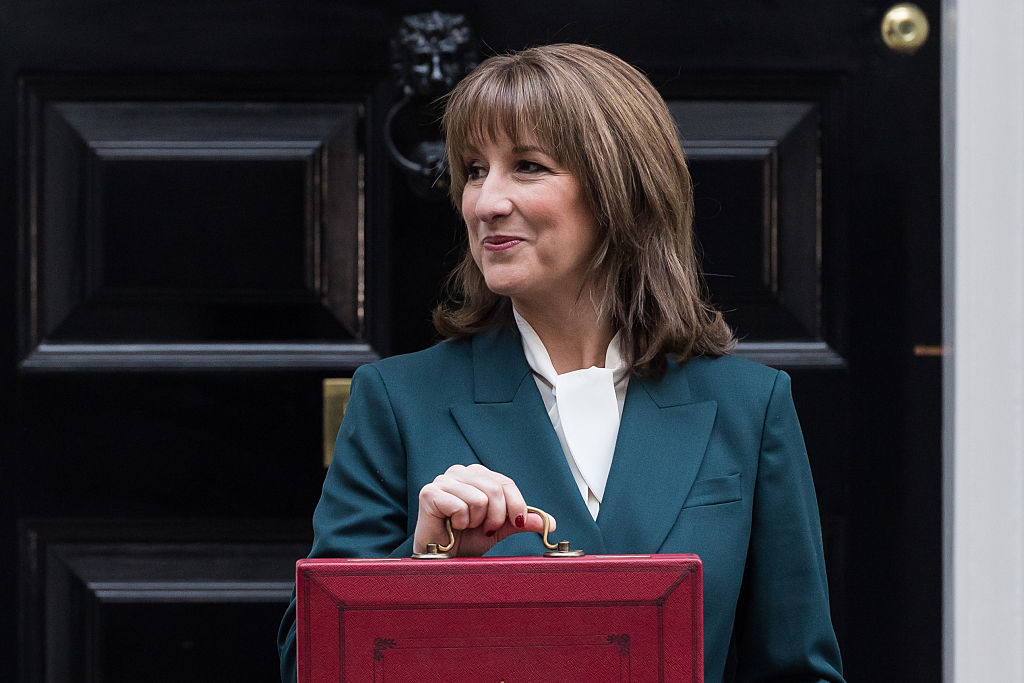 The consequences of the Autumn Budget – and what it means for the UK economy
The consequences of the Autumn Budget – and what it means for the UK economyOpinion A directionless and floundering government has ducked the hard choices at the Autumn Budget, says Simon Wilson
-
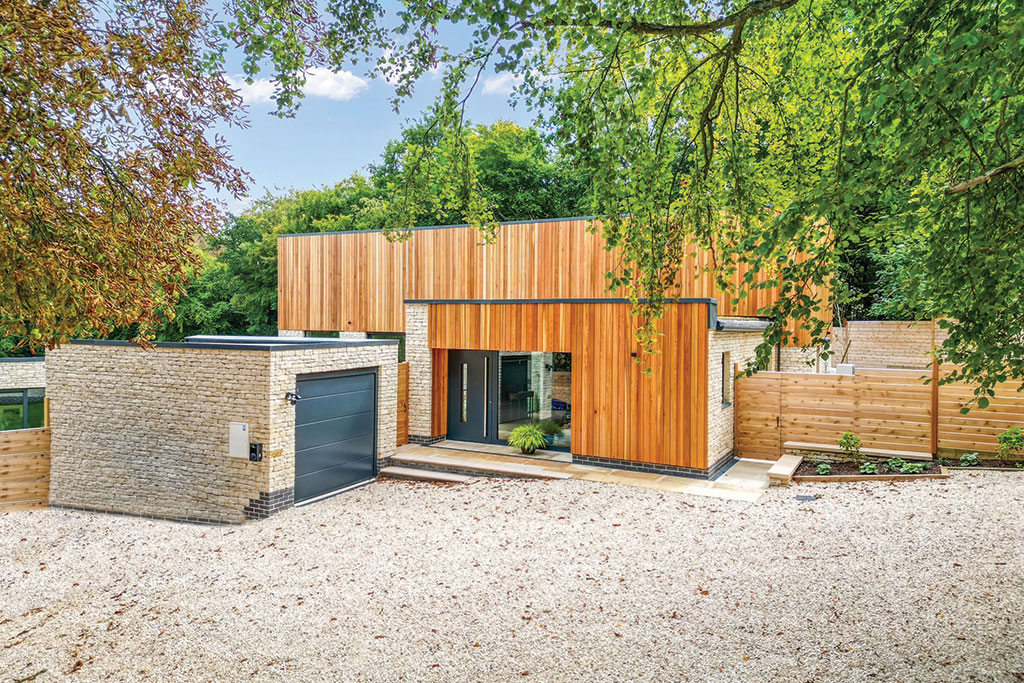 8 of the best houses for sale with electric vehicle charging
8 of the best houses for sale with electric vehicle chargingThe best houses for sale with electric vehicle charging – from a converted World War II control tower in Scotland, to a Victorian country house in Cumbria
-
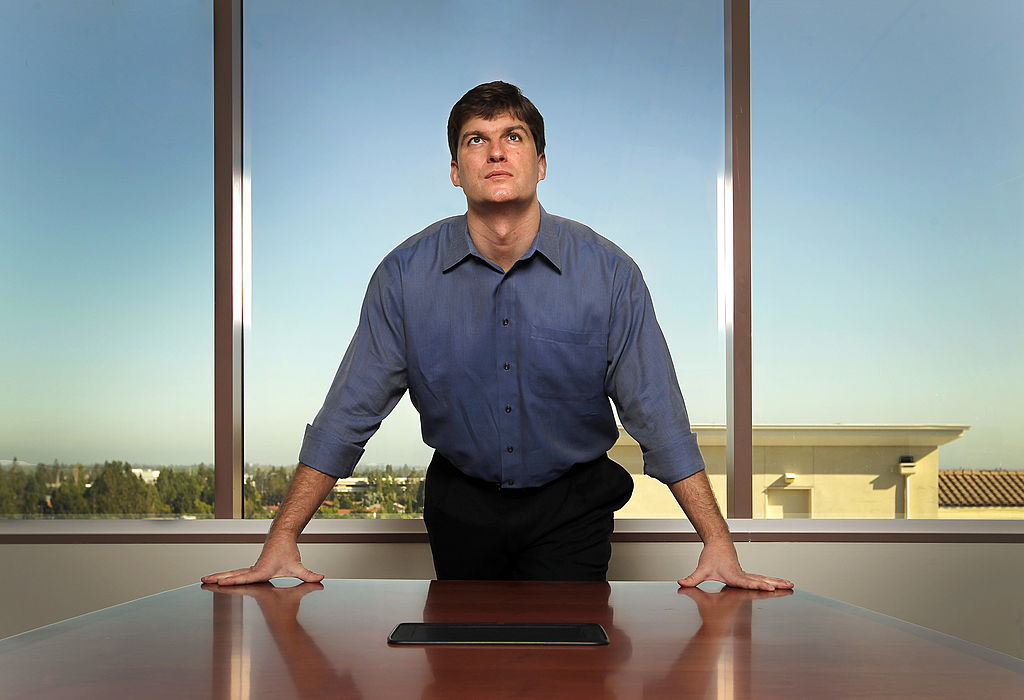 Big Short investor Michael Burry closes hedge fund Scion Capital
Big Short investor Michael Burry closes hedge fund Scion CapitalProfile Michael Burry rightly bet against the US mortgage market before the 2008 crisis. Now he is worried about the AI boom
-
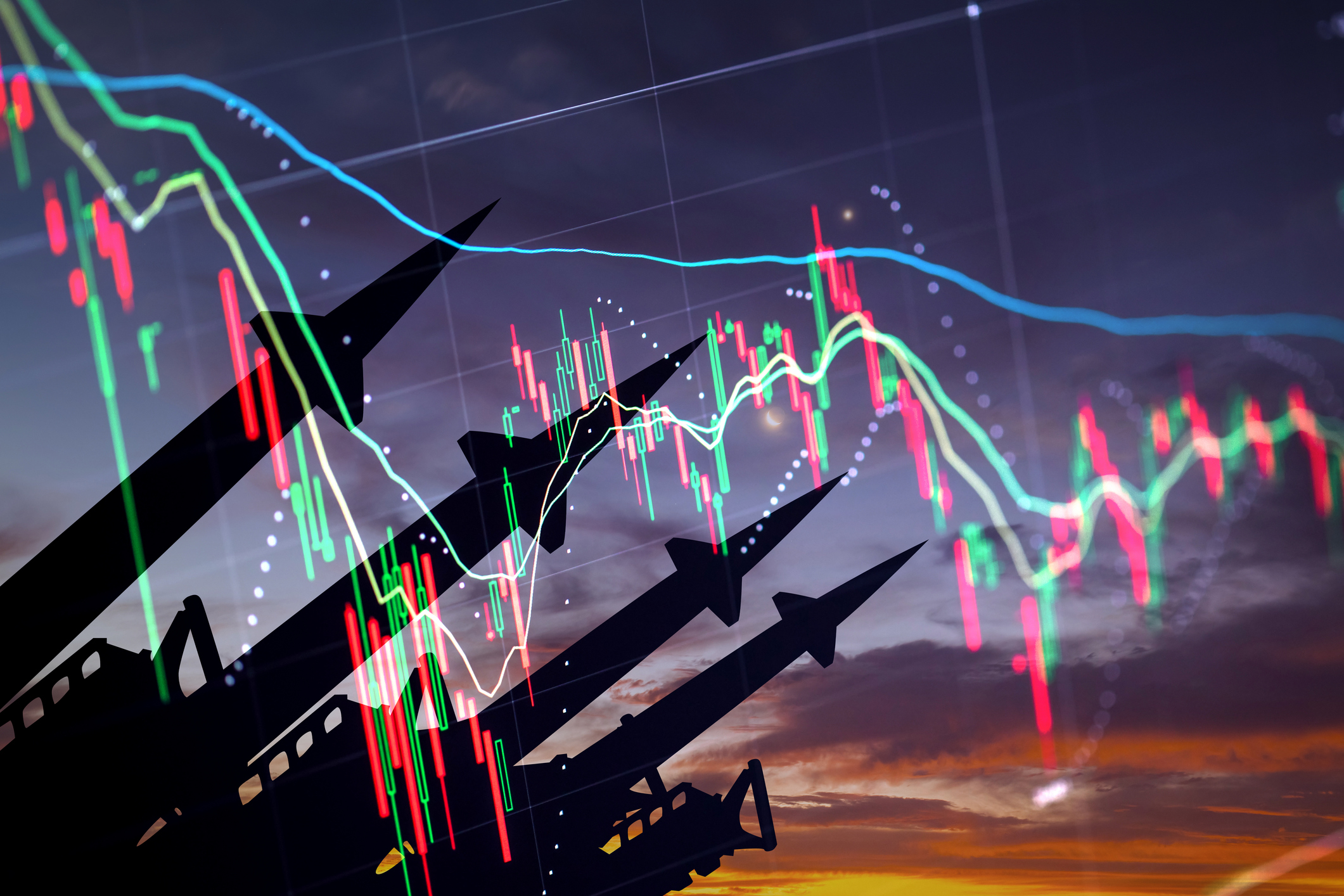 The global defence boom has moved beyond Europe – here’s how to profit
The global defence boom has moved beyond Europe – here’s how to profitOpinion Tom Bailey, head of research for the Future of Defence Indo-Pac ex-China UCITS ETF, picks three defence stocks where he'd put his money
-
 Profit from a return to the office with Workspace
Profit from a return to the office with WorkspaceWorkspace is an unloved play on the real estate investment trust sector as demand for flexible office space rises
-
 New frontiers: the future of cybersecurity and how to invest
New frontiers: the future of cybersecurity and how to investMatthew Partridge reviews the key trends in the cybersecurity sector and how to profit